With a "hat tip" to the inestimable Jane Brody, health journalist at the NY Times who covers the story here, we are reminded of the study [free .pdf] from Antonio Gasparrini et al. which was published in The Lancet, July 25, 2015, with the [way too long] title:
"Mortality risk attributable to high and low ambient temperature: a multicountry observational study".
The bottom-line finding, the take home message, might surprise even readers here at WUWT, quoted in the side-bar of the journal article:
Interpretation:
We report that non-optimum ambient temperature is responsible for substantial excess in mortality, with important differences between countries. Although most previous research has focused on heat-related effects, most of the attributable deaths were caused by cold temperatures.
Despite the attention given to extreme weather events, most of the effect happened on moderately hot and moderately cold days, especially moderately cold days. This evidence is important for improvements to public health policies aimed at prevention of temperature-related health consequences, and provides a platform to extend predictions on future effects in climate-change scenarios. [extra emphasis mine - kh]
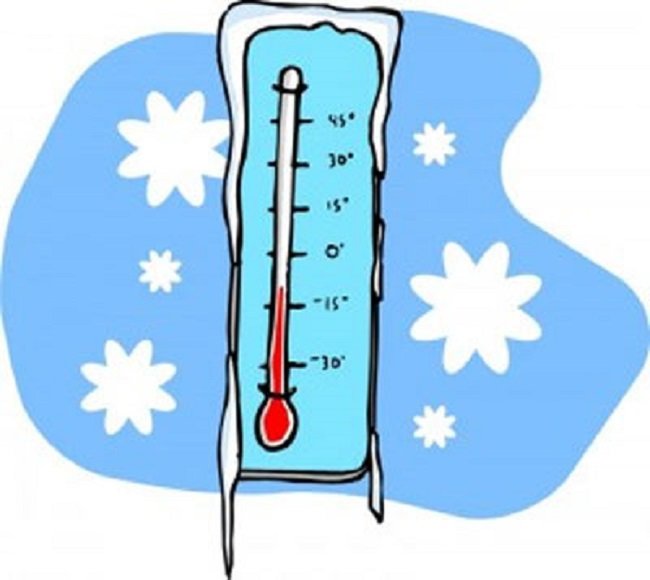
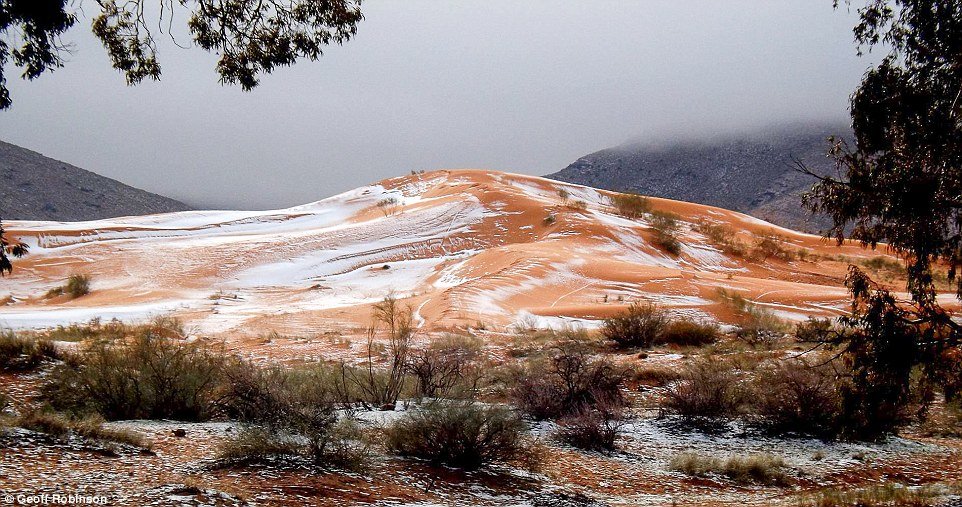
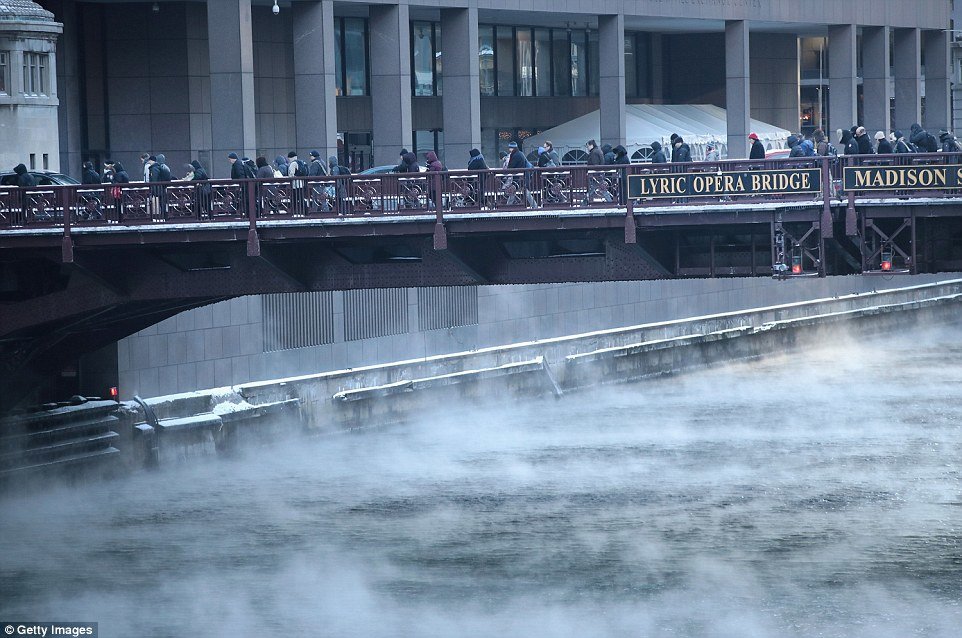

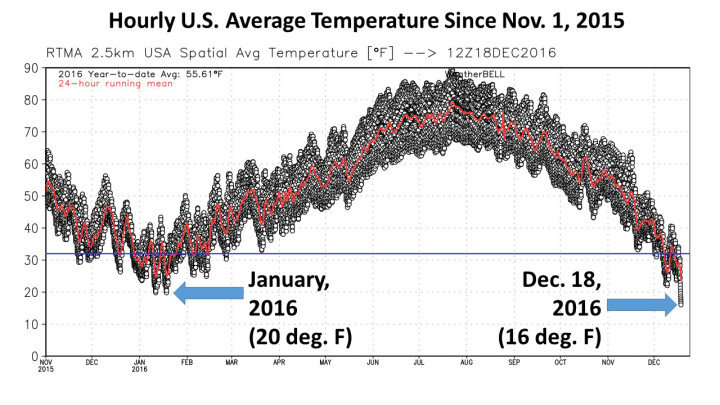
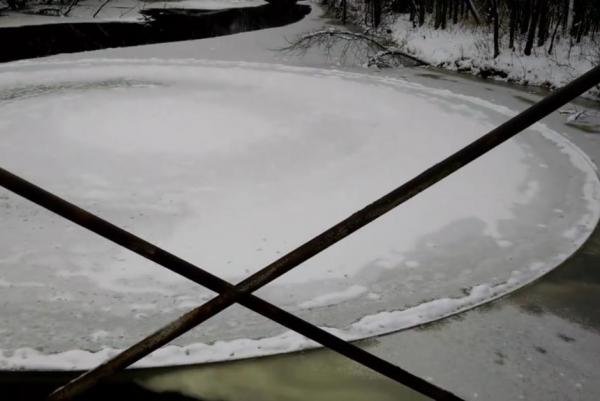
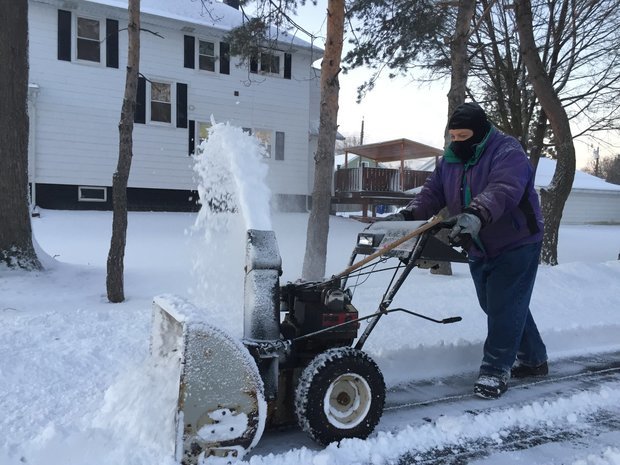
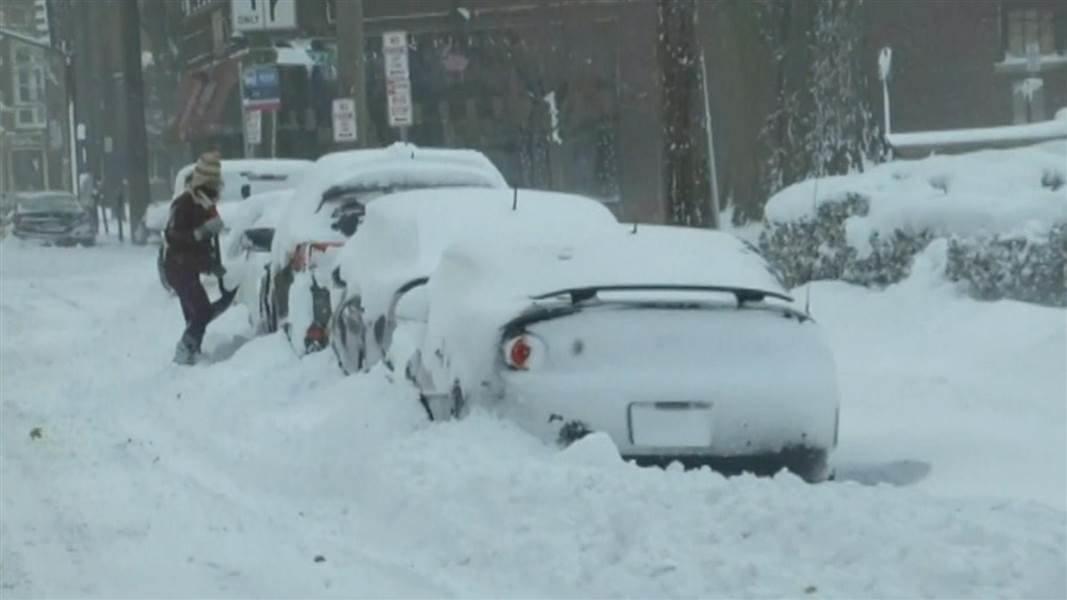
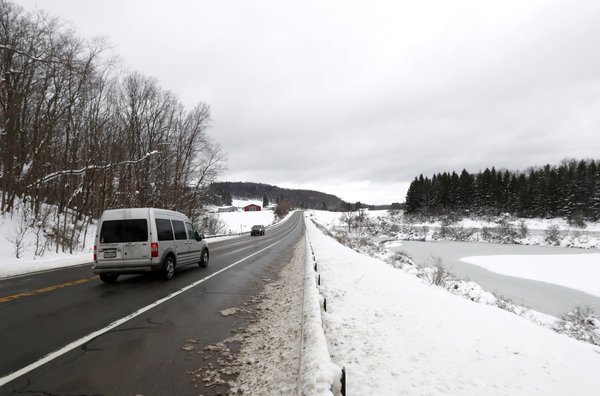
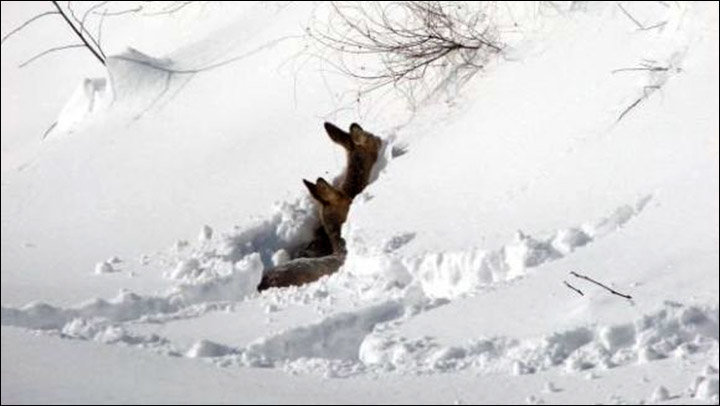
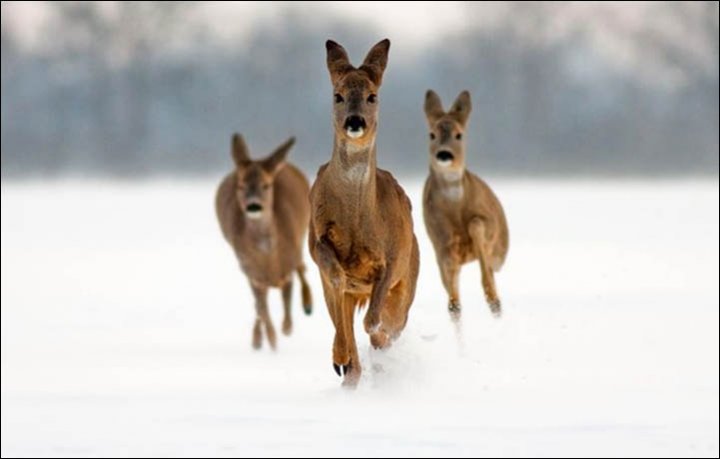



Comment: From January 2014: